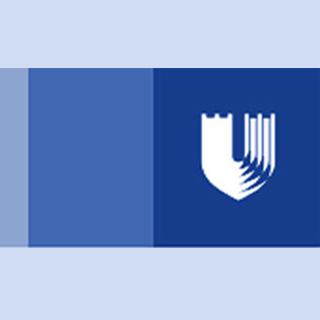
It is estimated that less than 40 percent of people with hypertension in the United States have enough blood pressure control. Apparently, this puts them at risk for heart attack and stroke. The study experts claimed that hypertension is a condition which may be primarily controlled through lifestyle modification and medicine. However, obedience seems to be a considerable challenge for doctors and patients alike.
They stated that the objective of this study was to recognize a modified and cost-effective intervention which could possibly assist in preventing the development of more severe heart disease.
Lead author of the study, Hayden B. Bosworth, PhD and research professor at Duke, stated that, “Given the shortage of primary care physicians and a movement toward redefining primary care, this study demonstrates that we can provide patients with education and support and do it in a cost-effective way.â€
“We’ve shown that the ‘medical home’ model does not require a patient to come to the primary care setting — we can bring the care to them,†continues Bosworth.
It was observed that Duke has been one of the early innovators of the ‘medical home’ concept. Supposedly, this novel model which provides care focuses on meeting patient needs through use of health care teams. This in turn may perhaps help patients navigate all aspects of their health and provide evidenced-based treatment at the same time making use of the latest health information technology.
For the purpose of the study, the experts gathered approximately 636 people with hypertension. These people were at random given either standard care from a primary care physician, the phone intervention, blood pressure monitoring at home, or the phone intervention in addition to the at-home blood pressure monitoring.
The phone intervention seems to have involved bi-monthly phone calls from a nurse who would discuss information such as medicine side effects, nutritional recommendations, exercise tips and smoking cessation advice. The at-home blood pressure monitoring was believed to have been conducted three times each week. Moreover, the nurse appears to have not been provided with the results.
“If people are informed about the side effects associated with a given medication and know what to expect, they are more likely to continue taking their medications,†adds Bosworth.
He further said that, “The phone calls with the nurse provided a forum to discuss these topics and address other questions that may not have been discussed during a regular office visit.â€
Bosworth said that the phone counseling sessions seem to have been customized according to the individual’s medical and emotional needs.
“It is the behavior itself we are trying to modify. Whether they were just getting started or already committed to making a change, we provided support accordingly,†he elucidates.
It was noted that the information discussed on the phone was then mailed to the patient’s home in order to emphasize the information they learned. During this study, the cost of combining the home monitoring and phone counseling was estimated at $416 per person as compared to $345 for the phone counseling alone and $90 for the home blood pressure monitoring.
Bosworth was of the opinion that about $400 spent over two years for the changes observed are comparable, if not low-priced in contrast to an individual taking many hypertensive medicines.
He added, “Full cost savings will be difficult to realize for many years, as we can’t ascertain the number of heart attacks and strokes prevented within the two year study.â€
The findings revealed that receiving phone calls every day from a nurse seemed to have lowered the blood pressure of individuals by approximately 11 percent in contrast to about a 7.6 percent decrease in blood pressure for the home monitoring group and 4.3 percent for people only getting calls.
However, one drawback of the study was that nearly 73 percent of people seemed to have their blood pressure under control upon enrollment. The experts noted that 81 percent were controlled in the combined blood pressure monitoring and phone counseling group when the study concluded. Supposedly, Bosworth described this as a ‘clinically meaningful improvement.’
Currently, the experts are carrying out a series of studies in order to estimate how this model could possibly be repeated in other practices, including more patients and in diverse conditions, such as people with diabetes and those requiring care following a heart attack.
The findings of the study have been published in the Annals of Internal Medicine.
